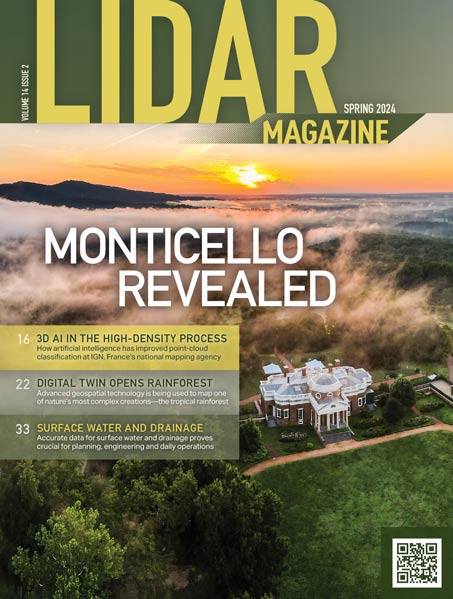Los Angeles, CA (May 8, 2012) Advanced Scientific Concepts, Inc. (ASC) announces ASCs 3D Flash LIDAR range cameras have been chosen for the OSIRIS-REx planetary science mission that will study and return a sample of the carbonaceous asteroid 1999 RQ36 set for launch in 2016. The 3D Flash LIDAR cameras will be designed for determining the spacecraft range to the asteroid surface, as well as evaluating the approach to potential sample sites.
The 3D Flash LIDAR cameras are small form-factor, lightweight 3D depth cameras capable of capturing a full array of 128×128 independently triggered 3D range pixels with co-registered intensity per frame, up to 30 frames per second, allowing 3D range data streams to be generated in real-time, feeding the spacecraft guidance navigation and control systems. The cameras will be able to operate in deep space environments.
The OSIRIS-REx sample return mission is of major importance in revealing the origin of volatiles and organics that led to life on Earth, said Dr. Dante Lauretta, the Principal Investigator overseeing the mission. Being able to accurately range to the asteroid surface during the touch and go maneuver allows us to monitor the target profile and ensure that we are on a safe approach trajectory, with the possibility of multiple approaches if necessary. We welcome ASCs support to our project.
OSIRIS-Rex’s principal investigator is located at the University of Arizona. NASA’s Goddard Space Flight Center in Greenbelt, Md., will provide overall mission management, systems engineering and safety and mission assurance for OSIRIS-REx. Lockheed Martin Space Systems in Denver will build the spacecraft.
The OSIRIS-REx project provides an opportunity for ASC to expand its space-based applications that began in 2005. As the first 3D Flash LIDAR camera in space, ASCs DragonEye boasted ASCs leading-edge technology advantages, including its real-time images without motion distortion, a non-mechanical camera and an eye-safe laser. The camera was tested by NASA Johnson Space Center under the Commercial Orbital Transport Services (COTS) program on both STS-127 and STS-133 and is used by SpaceX Corporations Dragon vehicle for autonomous guidance, navigation and control (GNC). ASCs 3D sensor engines are used by NASA Langley Research Center as the core 3D sensor for Autonomous Landing and Hazard Avoidance (ALHAT) efforts and by NASA JPL for its on-going development of Entry, Descent and Landing (EDL) solutions.
ASC has worked with commercial companies and NASAs Langley, Johnson, and Jet Propulsion Laboratory for many years creating and enhancing a non-scanning 3D capture technology for space. We are confident this deep space version of a 3D Flash LIDAR camera will support the success of the OSIRIS-REx mission and assist this important project to deepen mans understanding of solar system origins, said Dr. Roger Stettner, President and CEO of ASC. The high quality team assembled for this effort greatly increases the probability of success, making safe, deep-space vehicle operations a reality.
ASC is pursuing a wide range of applications for their 3D Flash LIDAR cameras, including Automotive, Aviation, , Robotics and Transportation. ASCs patented, unique technology brings unique value to space-based applications.
About ASC:
Founded in 1987 and based in Santa Barbara, California, Advanced Scientific Concepts, Inc. develops leading-edge 3D sensor technology and cameras. With a wide range of customers from NASA to the automotive industry, ASCs proven technology and solutions provide the foundation for automated 3D applications. These applications include mobile vehicles in air, space or on the ground to registered 3D data generated for mapping, , games or movies. Visit www.asc3d.com for more information.
